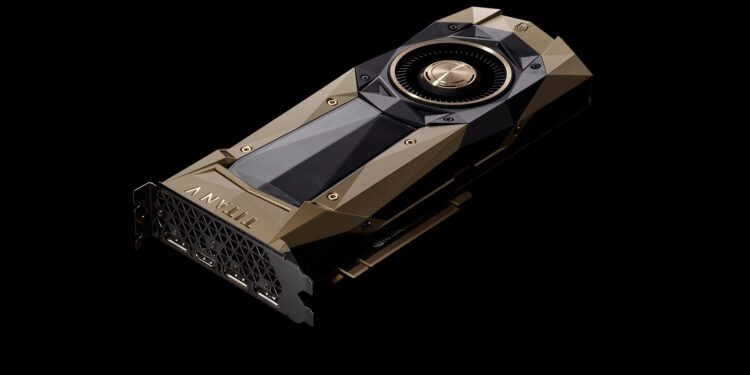The Titan V, from Nvidia, will be sold for $ 3,000, which gives an idea of the premium character of its specifications.
Nvidia’s new product has given a blow to the graphics processor industry. At least it is destined to do so thanks to its characteristics. Waiting to see how it behaves in the market, the new Titan V imports technical specifications of high-performance computing.
The architecture of Titan V is based on 12 nanometer process and it’s been used in another Nvidia product geared toward high-capacity computers. This way of operating is not new. In fact, it is a common practice among consumer electronics companies to import state-of-the-art features. There are companies that maintain deficit projects economically only to be able to experiment with the best of the market at all times. Thus, this cutting-edge innovation can be passed on to consumer products when it gets cheap enough.
That’s what Nvidia has done and the result is overwhelming. The computing power of Titan V reaches 110 teraflops. By comparison, a high-performance graphics card for gamers can now deploy about 10 teraflops.
The new graphics processor has 12 GB of HBM2 memory , a high-performance RAM. And the whole chip is made up of 21.1 billion transistors. With all these specifications its price is in the highest segment. It’ll cost $ 3,000. The company claims that the chip’s energy efficiency has been significantly improved over previous products.
Nvidia’s intention with this graphics card is to give a tool with high capabilities for jobs in artificial intelligence. This is one of the fields in which the company has devoted most efforts in recent years. In fact, part of its growth is due to the prevalence of its chips in certain AI applications.
Those who carry out scientific research or business operations of great complexity will be the target audience of Titan V. According to the company, the graphics card aims to democratize certain complex tasks of artificial intelligence. In this way, the technology will be more affordable, because some processes will no longer be linked to supercomputers.
Images: Nvidia








